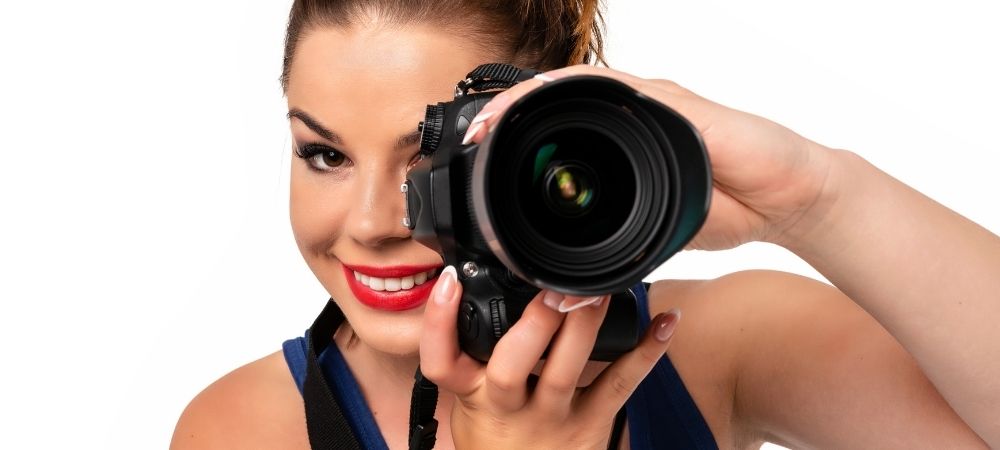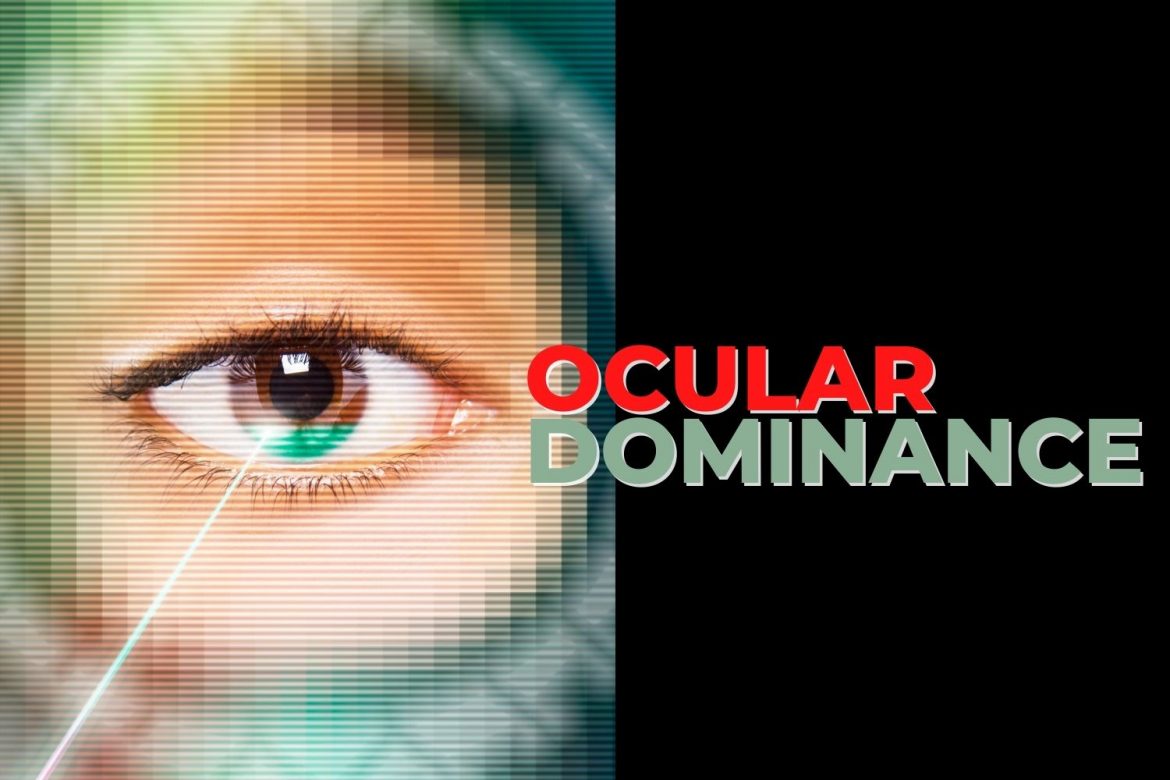
When it comes to hand dominance, you’re either a “righty” or a “lefty.”
But what about your eyes? Does one do more work than the other? Is your dominant eye the same as the hand you write with?
I’m talking about ocular dominance and while it doesn’t always play a pivotal role in your life, it can be useful to learn which of your eyes is dominant.
The science behind your dominant eye
Your dominant eye provides the greatest amount of input to your brain. In most cases, when describing normal vision, your two eyes function well in tandem with fairly similar visual clarity. But one eye is usually the “leading” eye.
For some people, one eye is very weak and contributes little to their visual appreciation, and in this case, the “dominant eye” is the one that sees well.
Ocular dominance is hardwired in your brain. Your visual cortex—the visual processing area in your brain—has many nerve cells (neurons) that respond to input coming from your eye. Neurons usually favor input from one eye over the other. Often there is overlap between the dominant neurons coming from each eye making dominance variable or incomplete in some people.
If you lose vision in your dominant eye there is a period of visual adaptation required before your brain “learns” to favor your traditionally non-dominant eye.
Does the dominant eye relate to your dominant hand?
There is no direct relationship between eye dominance and handedness. But often the two traits are significantly associated. Around 35% of right-handers and 57% of left-handers are left-eye dominant. This makes it impossible to accurately predict which eye will be dominant by observing which hand you write with.
The brain is made up of left and right halves.
- Your right hand is controlled by the left side of the brain which is responsible for speech, writing and communication.
- The right half of the brain controls the left hand and is responsible for creativity and imagination.
When it comes to vision both halves of the brain control each eye explaining why we cannot make a connection between our handedness and ocular dominance.
Which is your dominant eye?
An easy test can be used to determine ocular dominance. You can even do it yourself. Follow the simple steps below.
- Straighten both arms out in front of you with your palms facing away.
- Form a triangle shape between your thumb and forefingers by meeting your hands together and overlapping them.
- Keep both eyes open.
- Start with your outstretched arms (and newly formed triangle) facing down to the floor.
- Look at a small object in the distance straight ahead of you – a door knob or number on a wall calendar.
- With both eyes open bring the triangle up quickly (keep your arms straight) until you see the object inside your triangle.
- Now close your left eye.
- If the object is centered in your triangle, then your right eye is your dominant eye.
- If the object disappeared out of the triangle or is off center, then your left eye is your dominant eye.
What if you don’t have a dominant eye?
Don’t panic if you don’t seem to have a dominant eye. If you repeat the dominance test a few times and it alternates between your left and right eye, chances are you don’t have a dominant eye. This is often called mixed ocular dominance or alternating dominance.
Using your dominant eye
Why do we bother with ocular dominance? Knowing which eye is dominant can help with many activities and occupations.

Photography
Photographers predominantly use one eye to focus through the viewfinder. Your dominant eye will accurately focus your picture. If you are using your non-dominant eye to focus you will likely find your scene is not centered or is out of focus.
Microscope
Focusing the eyepiece for your dominant eye will make working with a microscope easier for you.
Shooting
Your dominant eye will give you the best view of your target when shooting. If your dominant eye is not the same as your handedness shooting becomes more difficult. If your dominant eye and dominant hand are on opposite sides of your body you may not be able to track a moving target as easily. This is called cross-dominance.
Sports
In certain sports, when your dominant eye matches your dominant hand, you have to carefully position your head to take full advantage of your ocular dominance. Baseball, golf and cricket require you to stand side on to the ball and you will need to rotate your head to favor the dominant eye. Conversely, if you are left-handed but have a dominant right eye this may prove to be an advantage. And in fact, for sports with side stances cross dominance is thought to give you a competitive edge.
Ocular dominance and vision correction
Your eye doctor will determine your ocular dominance when prescribing contact lenses or discussing eye surgery to improve your vision.
As you develop presbyopia your visual needs change. You will begin to require one prescription for seeing clearly in the distance and a different one for your near work. Your doctor can prescribe contact lenses that correct each visual issue simultaneously. They will rely on your ocular dominance to target their approach. When you are considering eye surgery to improve your vision your doctor will also be interested in your ocular dominance to determine a treatment plan that will maximize your visual outcome.
Ocular dominance does not often affect your everyday life – but if you are curious you can test for your dominance using the guide above. Dominance becomes important when you are playing certain sports, shooting, and working with a camera or microscope.

